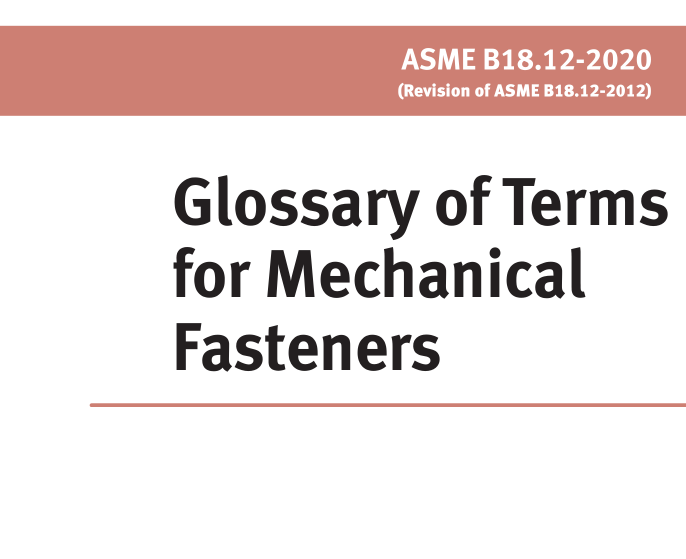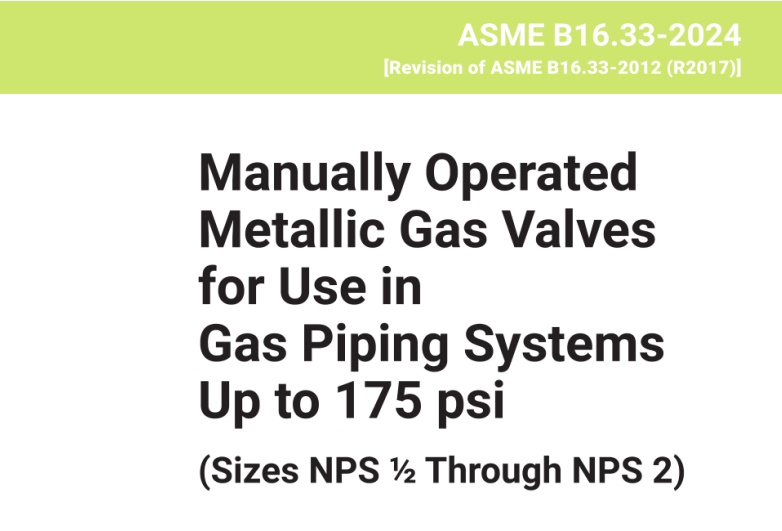This Standard is a summary of mechanical fastener terminology, related characteristics, and manufacture.
(a) Fastener. A fastener is a mechanical device designed specifically to hold, join, couple, assemble, or maintain equi-librium ofsingle or multiple components. The resulting assembly may function dynamically or statically as a primary or secondarycomponentofamechanismorstructure. Fasteners areusedinjustabout every mechanicalassembly, andthey have been designed to meet the needs of products ranging from wristwatches to the space shuttle. Each fastener is produced with the degree of built-in precision and engineering capability needed to ensure adequate, sound service under preestablished environmental conditions.
(b) Bolts, Studs, Screws, Nuts, Washers, Rivets, Pins, and Custom-Formed Parts. e.g.,“stovebolt” or“carriagebolt.” The names given to fasteners appear to be as limitless as the imaginations oftheir designers. While manyfasteners maylook alike, each has defined engineered capabilities based upon its intended application.
(c) Primary Operations. Mechanical fasteners are produced by forming or screw machine operations.
(1) Forming may produce thousands of fasteners per minute with looser tolerance (depending on the size and configuration of the fastener) and typically creates minimal scrap.
(2) Screwmachiningis significantlyslowerandtypicallyproduces tightertolerance buthas ahigherriskofcreating scrap.
(d) Secondary Operations. Fasteners typically undergo several secondary operations or processes, such as thread rolling, heat treating, or plating.


